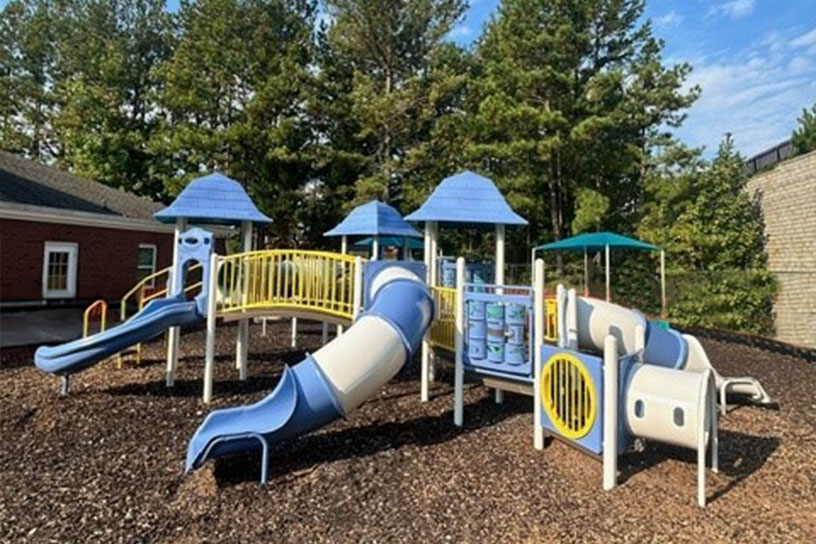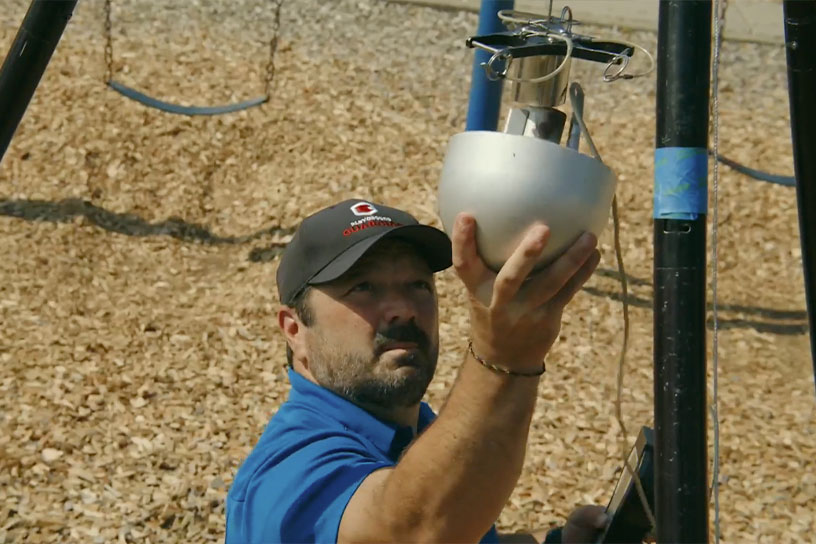Playgrounds are spaces where children learn, explore, and grow, and ensuring their safety is essential. National Playground Safety Week, observed annually from April 21-25, highlights the importance of creating and maintaining these safe play environments. This observance brings awareness to playground-related injuries and encourages communities, schools, and parents to take proactive steps toward safety.
The Origin of National Playground Safety Week
National Playground Safety Week was established by the National Program for Playground Safety (NPPS) in 1997 to draw attention to the need for improved playground design, maintenance, and supervision. The NPPS, based at the University of Northern Iowa, spearheads research and education on playground safety, making it a trusted authority in this field. Each year, National Playground Safety Week encourages reflection on past incidents and emphasizes best practices to prevent injuries.
Playground injuries are more common than many realize. According to the Centers for Disease Control and Prevention (CDC), over 200,000 children are treated in emergency departments annually for playground-related injuries. National Playground Safety Week serves as a reminder for communities to inspect and upgrade equipment, educate children on safe play practices, and create safer outdoor spaces for everyone to enjoy.
Steps Toward Creating a Safer Playground or Park
Routine Inspections and Maintenance
Regular inspections are vital for identifying potential hazards like broken equipment, loose bolts, or worn-out surfacing. Partnering with a certified playground inspector, like Playground Guardian, ensures that play structures meet safety standards. We offer comprehensive inspection services to ensure that equipment is in excellent condition and compliant with industry guidelines.
Proper Surfacing Materials
Falls are the leading cause of playground injuries. Installing appropriate surfacing materials like rubber mulch, engineered wood fiber, or poured-in-place rubber can reduce the severity of falls. Ensuring adequate depth and coverage around high-traffic equipment like slides and swings is key.
Age-Appropriate Equipment
Play structures should be designed for specific age groups to minimize risk. Separate play zones for toddlers, preschoolers, and older children ensure each age group can explore safely. Clear signage indicating appropriate age ranges is also recommended.
Adequate Supervision
Adult supervision plays a crucial role in injury prevention. Parents, guardians, and caregivers should be encouraged to actively observe children during playtime and educate them on safe behaviors such as taking turns, using equipment properly, and avoiding risky actions.
Community Involvement
Engaging the local community in playground safety initiatives encourages shared responsibility. Schools, parents, and park officials can collaborate on playground improvement projects, fundraisers for new equipment, or safety awareness events to foster safer play spaces.
National Playground Safety Week
National Playground Safety Week is more than just an observance—it’s a call to action. By focusing on proactive maintenance, proper surfacing, age-appropriate equipment, supervision, and community engagement, we can create safer playgrounds for children to thrive. Contact us today for more information!





